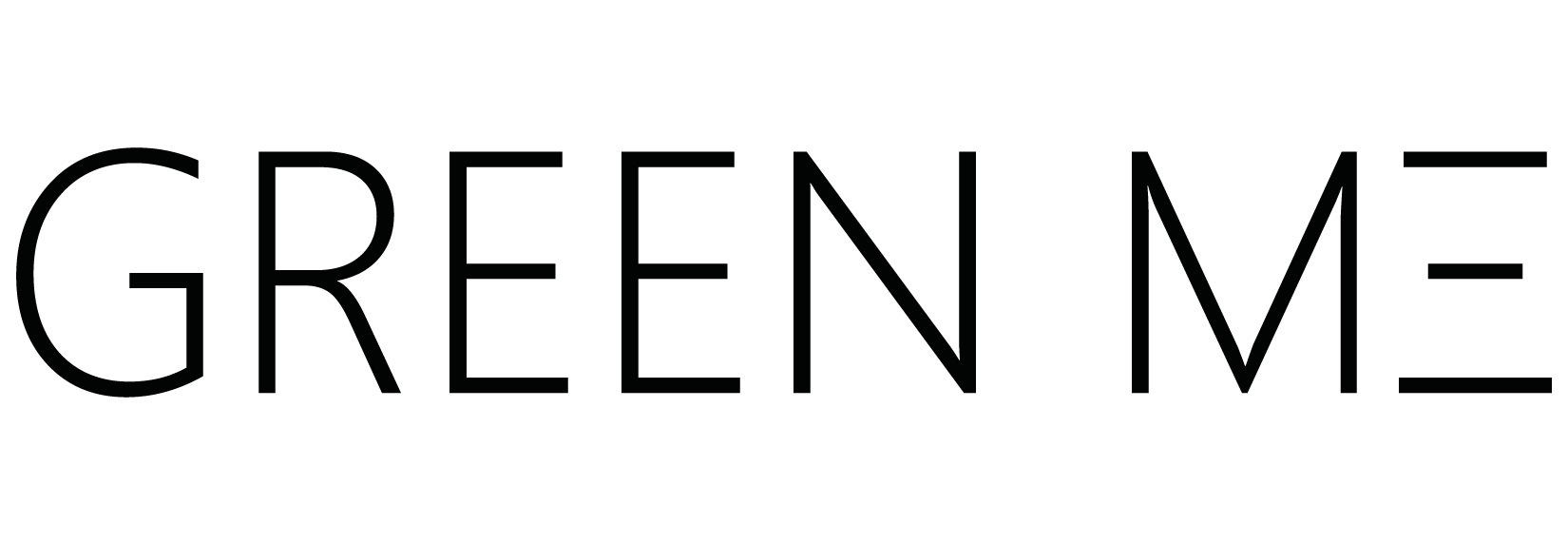A la hora de escoger la fruta es importante saber la mayor cantidad de información posible, de manera que sepamos que es lo que vamos a ingerir. Las diminutas etiquetas que tienen las frutas son información muy relevante, el número en ese pequeño adhesivo con grado alimenticio (lo cual no las hace comestibles) me dice el origen del producto que estoy escogiendo.
Este código se llama Etiquetas PLU. Las siglas corresponden al texto “Price Look Up” codes que la traducción de inglés a español vendría siendo algo como “Códigos de referencia de precios”. Éstos códigos ayudan a la labor de los vendedores para identificar tamaños, almacenar y generar inventarios de los productos. Las etiquetas PLU han sido empleadas en el mercado desde 1990 y se hicieron con el objetivo de facilitar la labor del vendedor. Éste sistema de clasificación no sólo identifica fruta, también vegetales, hierbas y nueces.
La importancia de descifrar ésta información es que podemos distinguir las producciones orgánicas, convencionales y posiblemente transgénicas por medio de éstas etiquetas. Éste sistema de decodificación consiste en tres grupos: cultivados convencionalmente, orgánicos y OGM.
La etiqueta siempre tendrá 4 números que sirven para identificar qué es (manzana, pera, plántano, etc).
Si sólo cuenta con 4 números significa que la fruta proviene de un cultivo convencional, es decir, un cultivo donde se manejan pesticidas y agroquímicos para producir las frutas. Si tiene un quinto número al inicio y éste número es un 9, se está refiriendo a que es una fruta cultivada de forma orgánica. Es un producto que generalmente cumple con la certificación de productores orgánicos.
Por el contrario, si el número que se identifica primeramente es un 8, significa que es un producto transgénico o genéticamente modificado. Es muy importante saber que la identificación de las frutas transgénicas será difícil pues hasta el día de hoy no es obligatorio marcar a los productos transgénicos como tales.
Los códigos están regidos y son asignados por la IFPS que es la Federación Internacional para las Normas de Producción. Ésta federación está asociada con la Asociación de Marketing de Productos (PMA) que se fundó con el objetivo de mejorar y aprovechar las tecnologías de empaques.

When choosing fruit is important to know as much information as possible, so that we are aware of what we’re going to eat. The tiny tags on the fruits are very relevant information, the number in the little food grade adhesive (which does not make them edible) specify the origin of the product.
This code is called PLU code, the acronym for the text «Price Look Up» codes. These codes help the sellers to identify sizes, store and generate inventories of products. The PLU labels have been used on the market since 1990 and were made in order to facilitate the work of the seller. This classification system not only identifies fruit, also vegetables, herbs and nuts.
The importance of deciphering this information is that we can distinguish organic, conventional and transgenic production through these labels.
This decoding system consists of three groups: conventionally grown, organic and GMO. The label will always have al least 4 numbers that serve to identify the product (if is an apple, pear, banana, etc).
If only it has 4 numbers it means the fruit comes from a conventional crop, where pesticides and agrochemicals are managed to produce fruits. If you have a fifth number at the beginning and this number is a 9, is referring to a fruit grown organically. It is a product that generally meets the certification of organic producers.
Conversely, if the number that identifies a first 8 means that is modified genetically or transgenic product. It is very important to know that the identification of transgenic fruits will be difficult because until today is not mandatory to mark the transgenic products as such.
The codes are governed by and are allocated by the IFPS is the International Federation Production Standards. This federation is associated with the Product Marketing Association (PMA) founded with the purpose to improve and leverage technologies packaging.

Photos By Camille Chalita













